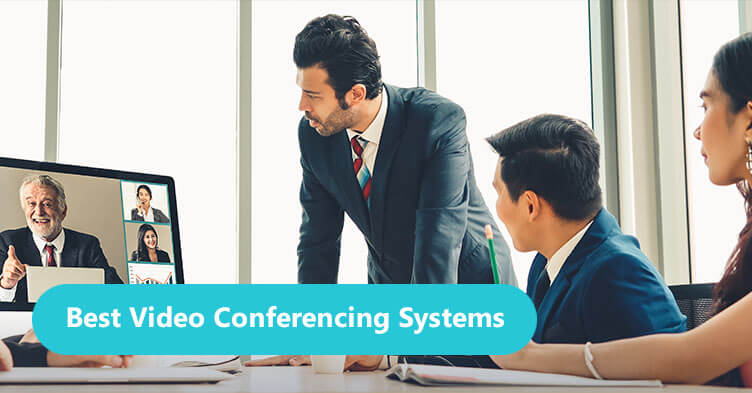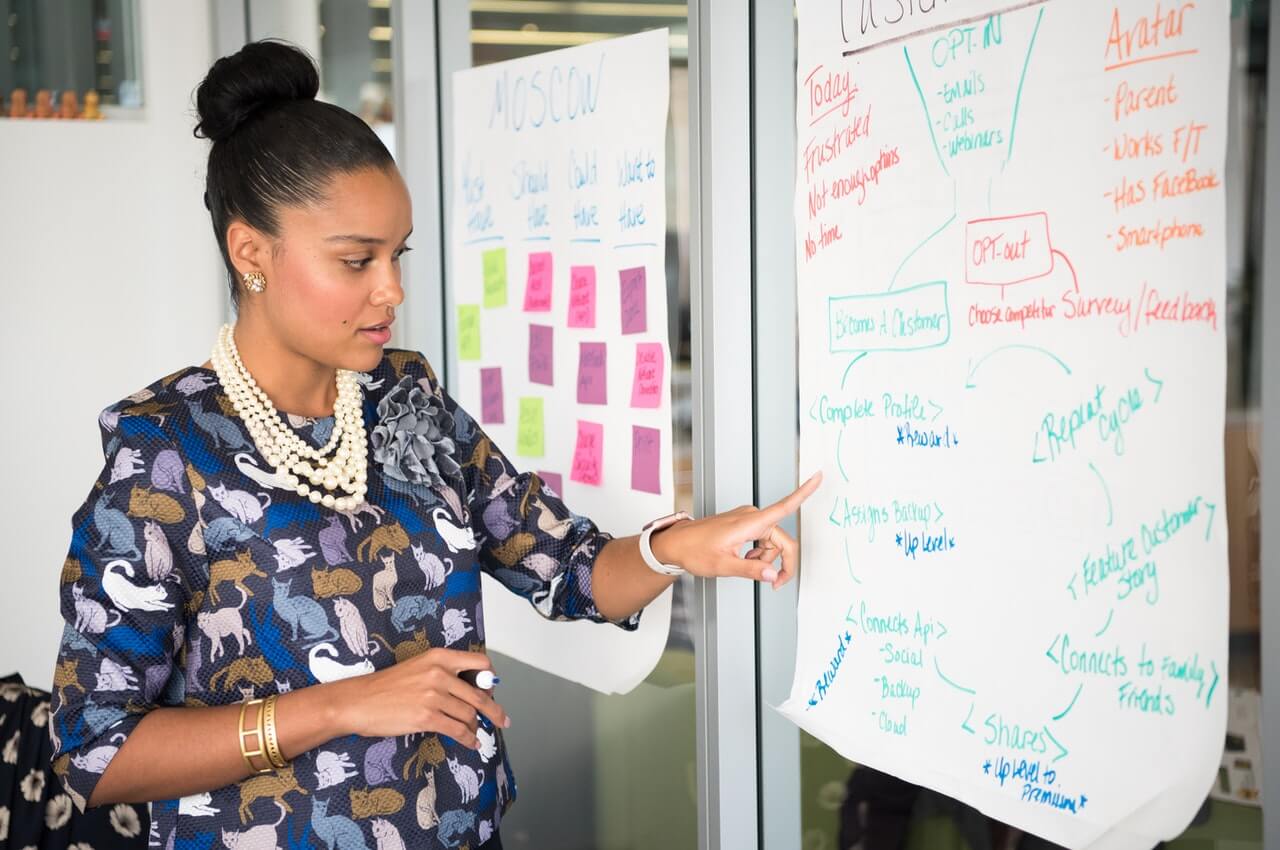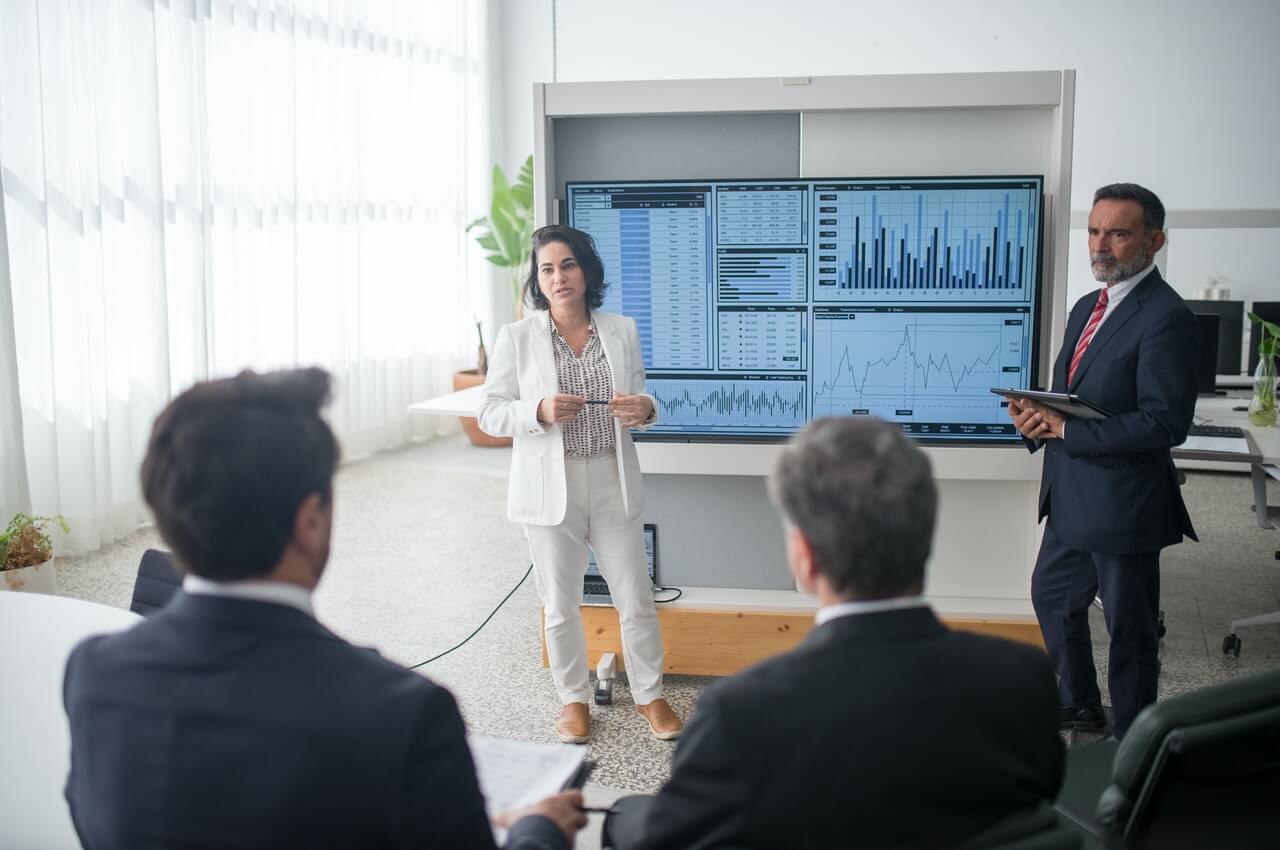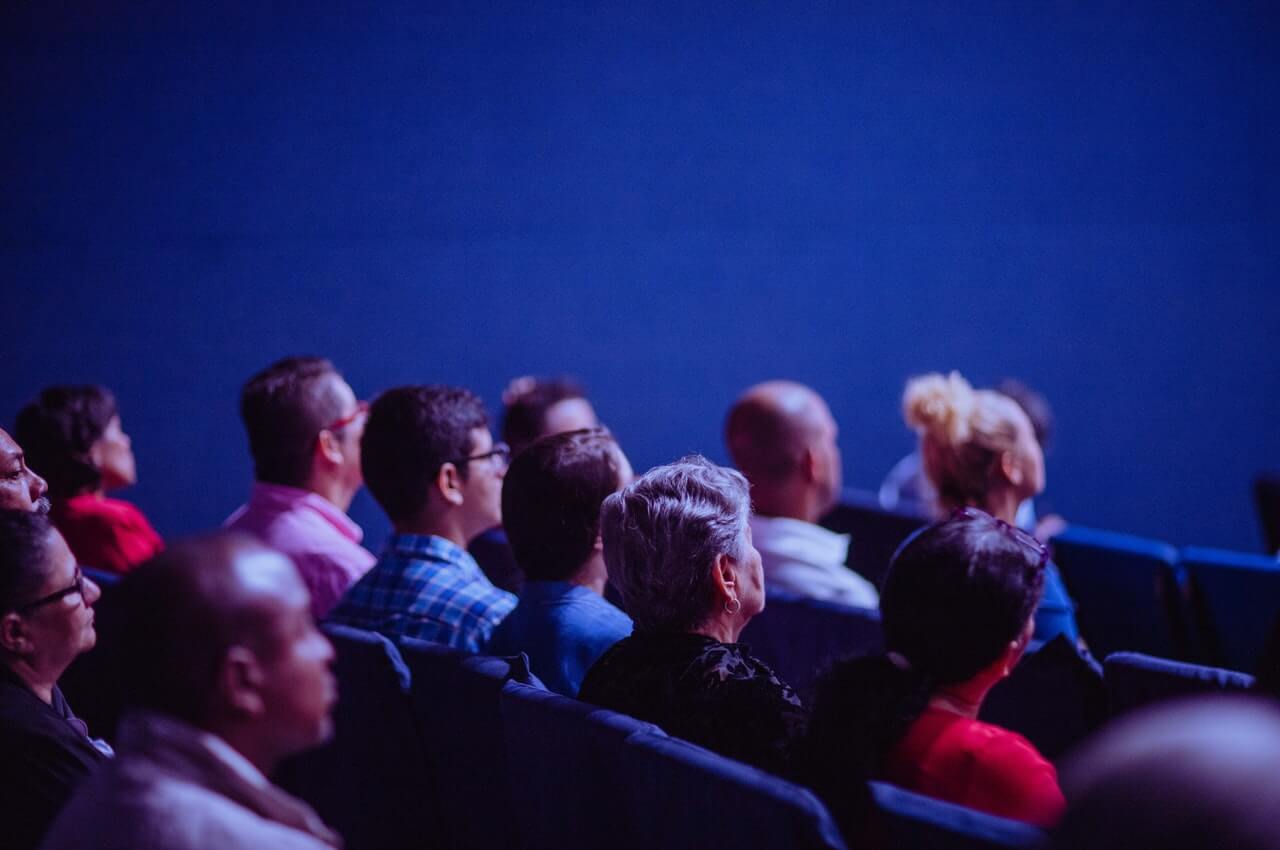As stated in my previous two posts, training sessions can be a dreaded activity by many. Despite research that tells us lecture is not learning, it is still the most used delivery method. And with current updates in technology the lecture is often supported with a deck of PowerPoint slides filled with the words being spoken by the presenter often times while reading directly from the screen or his printed copy. It is not surprising that this is the most common method. It is the easiest to develop and control and it is what learners often expect. This may just be why they dread coming to training.
Human Resources/
Training & Development
What happens when we stop talking face-to-face? Nothing and everything. This has been my theme since I wrote a science fiction novel on the subject. When society gets lazy and decides the tough questions about running the world are best answered by a machine–an evolving artificial intelligence, a computer server I call “Makr,” the world …
Often combined, often confused, often misused is the best way to describe the relationship between Management and Leadership. Here is the problem for trainers: they aren’t the same thing. Training one is teaching nuts and bolts to a mechanic. One is more mechanic than engineer. Ask yourself if it is better to have one leader …
he thought of attending training sessions for many can bring up an array of emotions. With the new technologies that have erupted over the past decade, the immediate assumption of many is that training is just a PowerPoint and a lecture or a PowerPoint turned into webinar and called online learning. But how much learning is actually occurring?
Budgets have put us all behind the technology curve—at least for government agencies as far as I know. The lower the budgets the less we can spend on the latest technology, including the latest Microsoft Office software. While we should be looking at the latest, we are just now getting the previous version, 2007, and …
On the surface, these four points seem to fulfill what the company wants and (and what you want) in a needs assessment survey. The company wants to: Inform you of currently available training and determine your need or interest in taking training, Gather and prioritize your ideas for additional training areas, Determine the capacity of …
Employees sometimes spend several hours each year in training classes. Many times, these classes get the same reception as the performance review. The two have some similarities. Both are often dreaded experiences that can turn into a pleasant surprise or a nightmare. Most likely each of you can relate to both experiences for both items.







